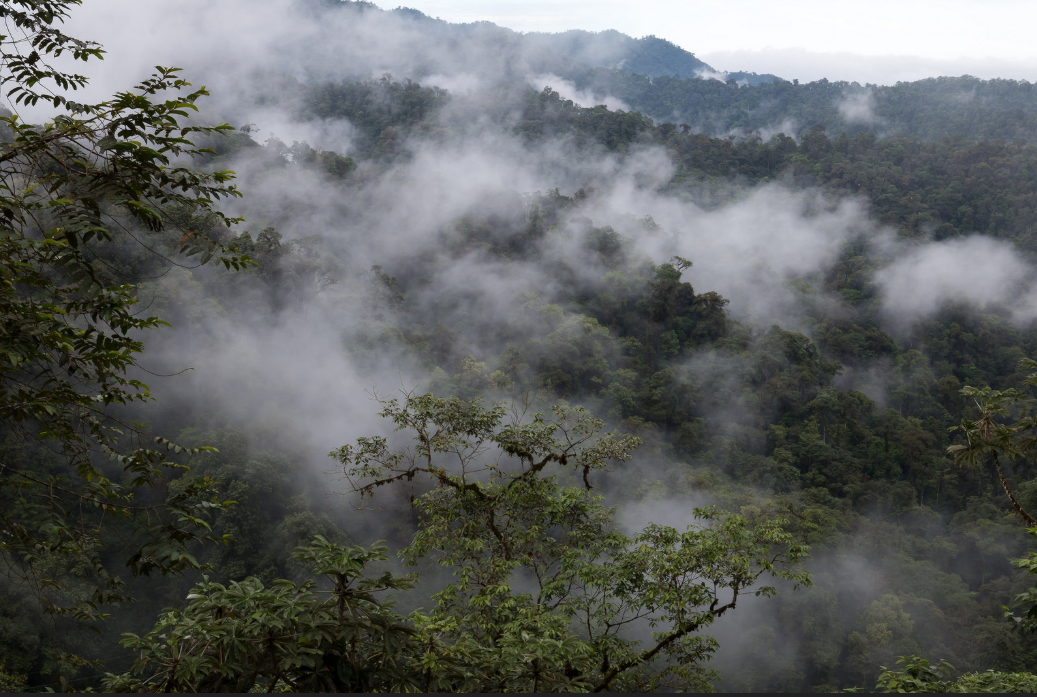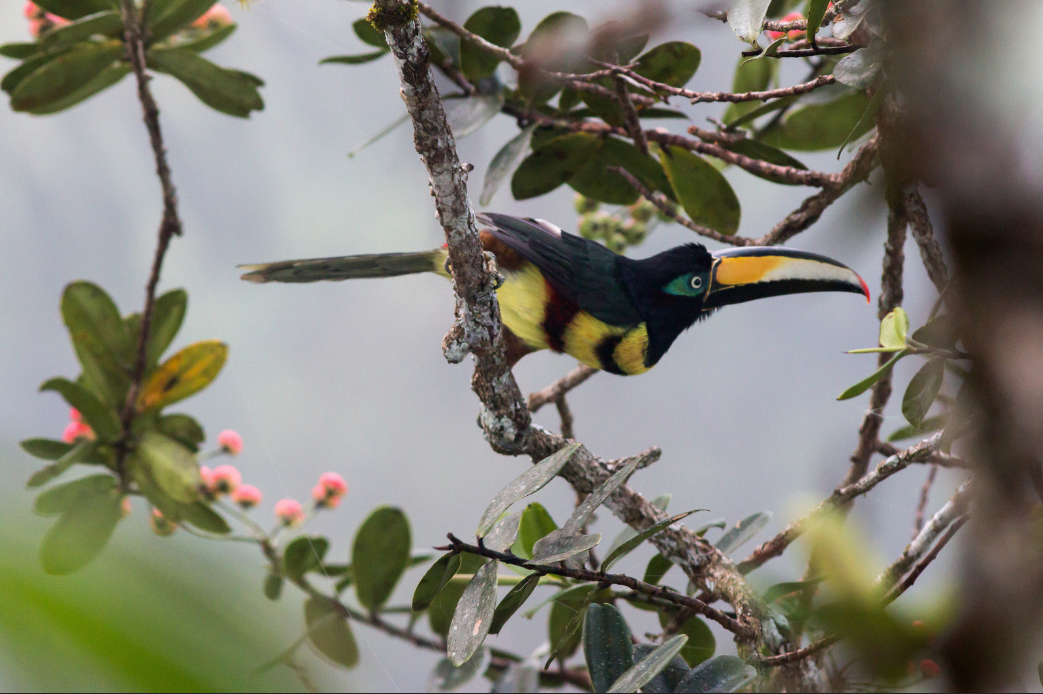by Kyle Schultz
The world is producing CO2 at an alarming rate, leading to much conversation of climate change as a reality. In addition to causing increases in global temperatures, our usage of fossil fuels impacts some of the most pristine ecosystems in the world. In particular, the Amazon rainforest faces extreme pressures from oil extraction, driven by global demand for crude oil.
As of 2016, US imports of Amazonian crude oil were increasing, despite a decrease in overall US importation. 90% of crude oil imported by the United States in 2015 was from Ecuador. Source: Amazon Watch
The most biodiverse place on the planet is located in the heart of one of the world’s largest oil producing countries. Parque Nacional Yasuní, part of the Ecuadorian Amazon, is home to over 655 species of trees that exist only in the Amazon, more than in the US and Canada combined. Yasuní also contains more insect species than any other place in the word, and has record high biodiversity levels of amphibians, birds, and mammals.
Heat maps show the immense biodiversity of mammals, amphibians, birds, and plants in Yasuní National Park, Ecuador. Warm colors represent high levels of biodiversity. Source: (Bass, 2010)
One of the many species of insects that live in the rainforest. This katydid displays incredible mimicry of a decomposing leaf! Image Credit: Jon Suh
Despite its designation as a national park, Yasuní experiences significant pressures from oil drilling. Beyond the clear cutting of trees and potential oil spills, drilling poses a much more insidious threat. Oil companies, to get to some of the most remote locations in the forest, must build roads to transport machinery, workers, and oil. These roads provide access to parts of the forest that would otherwise be protected due to their remoteness, and the subsequent colonization often results in rapid deforestation. In addition, to prevent explosions, companies burn off the natural gas produced as a byproduct of oil drilling and oil flares kill thousands of insects attracted to the bright pillar of light every night and increase global carbon dioxide and methane emissions.
Yasuní has TEN species of monkeys! Pictured above is a woolly monkey enjoying some rainforest fruit. Photo Credit: Jon Suh
I traveled to Yasuní last spring, and spent a month living at a biodiversity station on the edge of the reserve. The beauty and diversity of the natural world is wholly apparent in Yasuní, and all the more for its isolation. Yet despite its remoteness, the impacts of oil exploitation can still be observed. On a clear night, oil flares are visible on the horizon, burning beacons signalling the presence of a massive human disruption. On one occasion while walking through the forest, in addition to the throaty calls of toucans, chatter of monkeys, and incessant hum of cicadas, I heard a deep mechanical booming. The noise, so at odds with the sounds of the rainforest, was the sound of drilling machinery at work. This experience was at once sobering and deeply saddening. I was reminded that while all seems well on the surface- the birds are calling and the trees are growing- life in the Amazon becomes more endangered everyday.
A many-banded aracari (Pteroglossus pluricinctus) Image Credit: Jon Suh
Thinking about the wonder of the life in the Amazon, and the potential for it to be lost, puts a deep ache in my chest. Our dependence on fossil fuels must come to an end, or we face losing another part of the beauty and wonder of our world forever. But fear not-the transition to a carbon-free energy future can start right here in the United States. By shifting towards full electrification (think electric cars, heat and hot water heaters!) we can reduce our demand for non-renewable energy sources like oil, and ensure that nature in the Amazon will continue to thrive for years to come.







